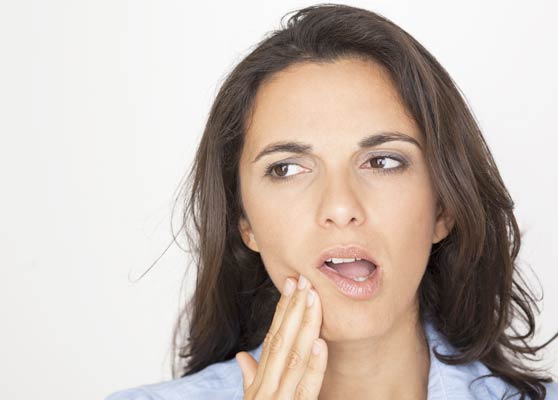There are only a few true orthodontic (or dental) emergencies. They include trauma or injury to the teeth, face or mouth, infection or swelling of the gums, mouth or face, severe, unmanageable pain in those areas.
In any of these situations, you should seek help as soon as possible — go to an emergency room, if that’s your best option. Generally, however, the place to start is with your regular dentist. Remember that he or she is trained to handle a range of dental problems, and can most likely offer the necessary diagnostic tools, anesthetics and treatments you need. If, for example, you have a fractured tooth, your dentist will treat the immediate problem and arrange for the tooth’s restoration; afterwards your orthodontic treatment plan can be adjusted as needed. Likewise, severe pain or swelling could be a sign of infection or disease, which a dentist or periodontist is best able to treat.
After that, it’s time for the exam. We will look at the records and images, and perform a careful examination. Besides looking in the mouth, we may also ask questions, such as whether the jaws make noise when the mouth is opening or closing, or if there are any problems chewing or swallowing. Taken together, this information will allow us to make a proper diagnosis and finalize our treatment plan at the first visit.







